SOURCE: RAUNAK KUNDE / NEWS BEAT / IDRW.ORG

The Cabinet Committee on Security (CCS) is anticipated to approve the development of a comprehensive Unmanned Combat Aerial Vehicle (UCAV) program by mid-2024. This decision will follow the conclusion of all tests conducted by the Stealth Wing Flying Testbed (SWiFT) UAV, the precursor technology demonstrator project for the UCAV.
Last year, the SWiFT completed its inaugural flight from the Aeronautical Test Range in Chitradurga, Karnataka. The test exhibited flawless performance, including take-off, way-point navigation, and a smooth touchdown, all while operating in a fully autonomous mode.
Continue readingSOURCE: RAUNAK KUNDE / NEWS BEAT / IDRW.ORG
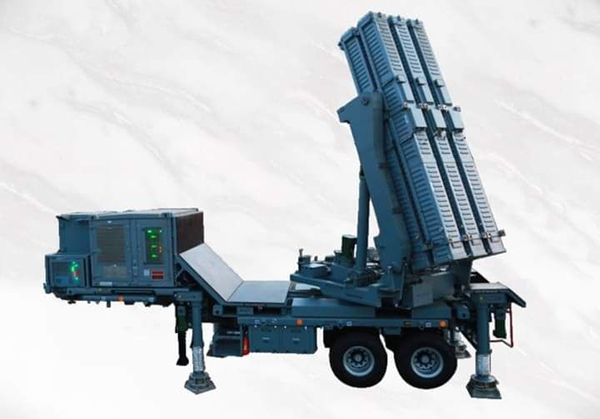
Akash-NG, a short-range mobile surface-to-air missile system (SRSAM) developed by DRDO, is set to receive clearance for production. Officials from BEL have stated that a deal for production may be finalized within the next three months. The last test of Akash-NG in 2021 yielded successful results, with system performance validated through data captured by various radar, telemetry, and electro-optical tracking systems deployed at ITR, Chandipur.
During the test, Akash-NG demonstrated its all-weather capability by successfully engaging a high-speed unmanned aerial target, even in adverse weather conditions. Notably, the missile employed an indigenous RF Seeker, highlighting its technological advancements.
Continue readingSOURCE: RAUNAK KUNDE / NEWS BEAT / IDRW.ORG
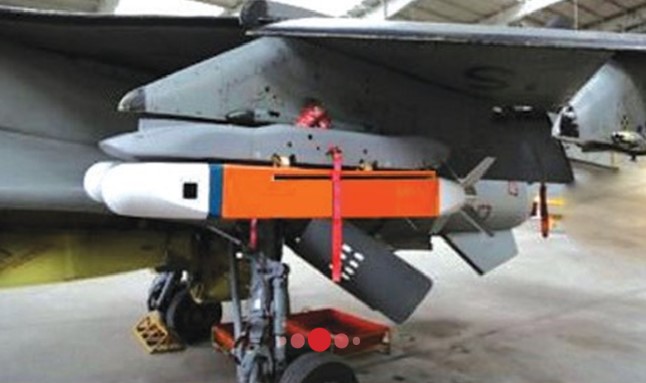
India’s Defence Research and Development Organisation (DRDO) has successfully developed the Smart Anti-Airfield Weapon (SAAW), a long-range precision-guided anti-airfield weapon. Now DRDO plans to see that SAAW will be incorporated into a mother missile, known as the Smart Weapon Multi Carrier (SWMC), which will unleash multiple SAAW projectiles to selectively neutralize enemy targets such as ammunition depots while minimizing collateral damage.
This innovative concept of a mother missile with miniaturized missiles equipped with independent seekers significantly enhances the range and versatility of the SAAW system.
Continue readingSOURCE: RAUNAK KUNDE / NEWS BEAT / IDRW.ORG
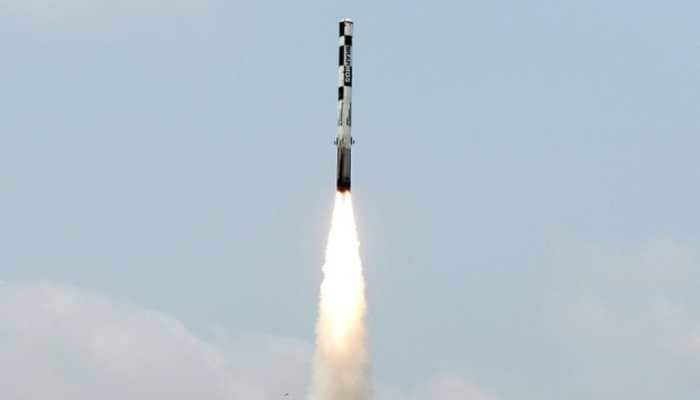
The Indian Army, which currently operates four regiments of BrahMos supersonic cruise missiles, is set to procure two additional regiments with an extended range of 800km. This move highlights the Army’s commitment to strengthening its offensive capabilities and enhancing its operational reach. The deployment of the 3rd and 4th BrahMos regiments in 2016, equipped with the Block III variant of the missile, bolstered India’s defence capabilities along the China border in the northeast region.
The Block III variant of the BrahMos missile introduced trajectory maneuvering and steep-dive capabilities, specifically tailored for mountain warfare scenarios. Following India’s inclusion in the Missile Technology Control Regime (MTCR) in 2016, the software limitations were lifted, resulting in an increase in the missile’s range from 290km to 450km.
Continue readingSOURCE: RAUNAK KUNDE / NEWS BEAT / IDRW.ORG
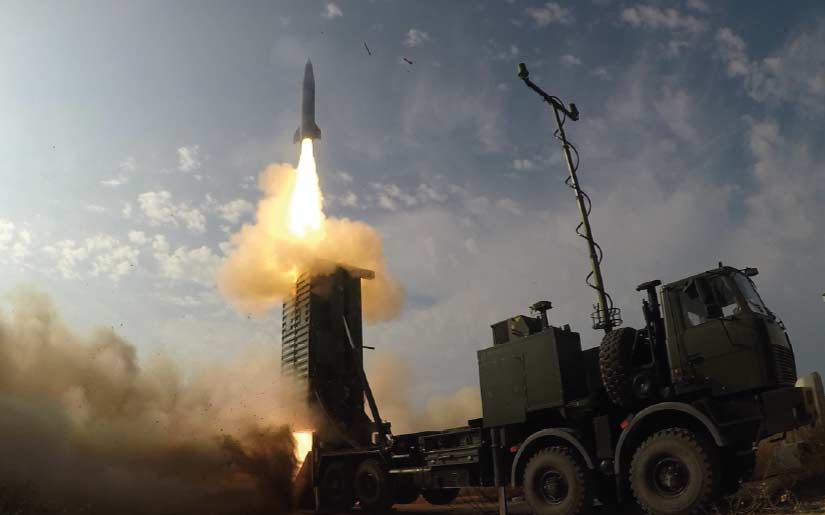
India’s state-run Bharat Electronics Limited (BEL) is currently engaged in discussions with the Indian Army and Indian Air Force (IAF) for the acquisition of the Long-Range Artillery (LORA) surface-to-surface missile system.
Developed by Israel Aerospace Industries (IAI) ‘MALAM’ division, this sea-to-ground and ground-to-ground missile system offers a long-range ballistic capability jointly developed with India. With its versatile applications and impressive precision, the LORA system has already been successfully inducted into the Indian Navy.
Continue readingSOURCE: RAUNAK KUNDE / NEWS BEAT / IDRW.ORG

India’s state-owned Hindustan Aeronautics Limited (HAL) and General Electric (GE) are set to sign an agreement that will pave the way for the development of infrastructure to support the production and testing of the new F414-INS6 engine for the Tejas Mk2 fighter jet in India. While India is not the first country to locally assemble this engine, South Korean company Hanwha Techwin has also signed an agreement with GE to manufacture F414 engines for the KF-X aircraft.
GKN Aerospace, based in Trollhättan, Sweden, also plays a role in local engine production. They manufacture the RM16 fighter engines for the JAS 39 Gripen, which are based on the GE F414 aero-engine. The RM16 engine has been tailored in collaboration with GE and Gripen manufacturer Saab for the Gripen-E fighter jet, which entered production in 2021. GKN Aerospace completed the successful first engine run for the advanced RM16 engine last year. However, the components manufactured locally remain consistent in both agreements.
Continue readingSOURCE: RAUNAK KUNDE / NEWS BEAT / IDRW.ORG
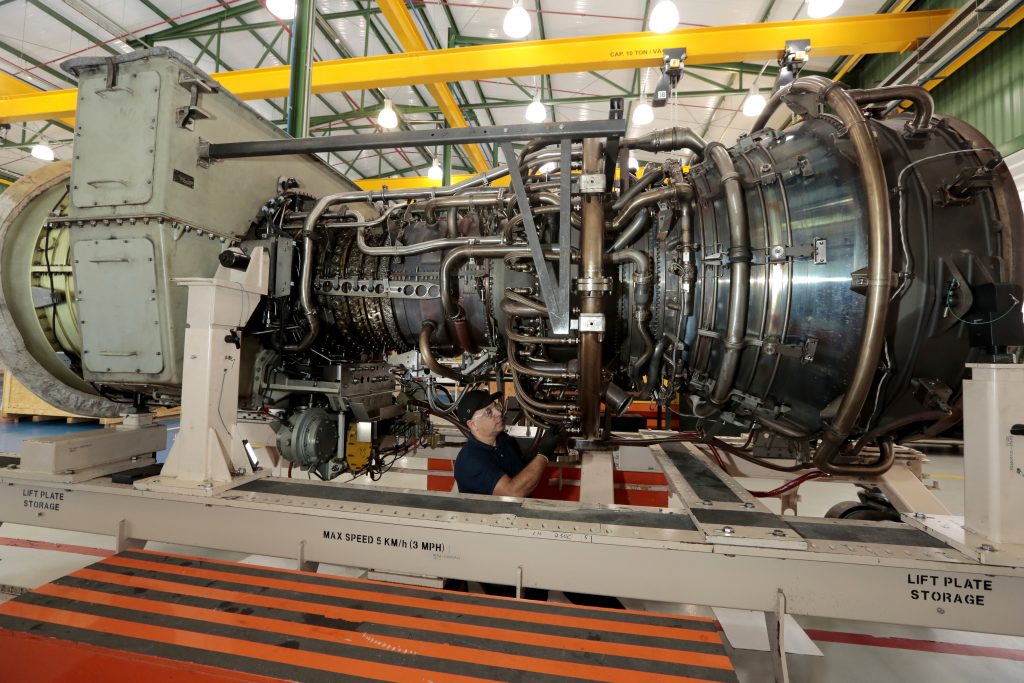
India is determined to reduce its dependency on Ukraine for gas turbine engines built by Zorya-Mashproekt by developing indigenous alternatives, as the ongoing conflict in Ukraine raises concerns about the country’s stability. This move will have significant implications for India’s future warship programs, as more than 150 Zorya-Mashproekt gas turbine engines are currently in operation on Indian Navy ships.
While India’s marine gas turbine programs have a long way to go, the country is actively seeking collaboration with GE Marine to develop India-specific marine gas turbine engines. These engines will replace some of the older Ukrainian engines and power the next generation of warships in the Indian Navy.
Continue readingSOURCE: RAUNAK KUNDE / NEWS BEAT / IDRW.ORG
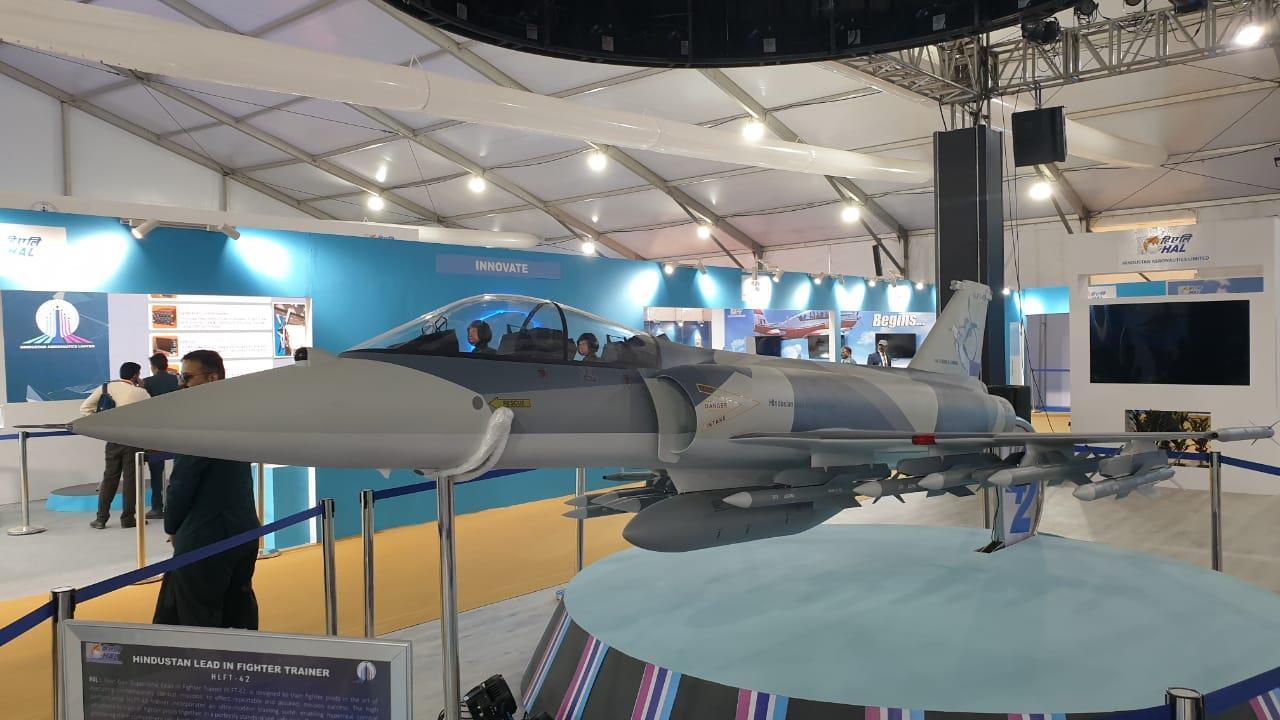
Hindustan Aeronautics Limited (HAL), in its pursuit of developing the next-generation Hindustan Lead-in Fighter Trainer (HLFT-42) for the Indian Air Force, is contemplating the use of higher-thrust engines. HAL envisions that the current F414 GE engine may be replaced with more powerful engines for the production variant of these jets when they are ready to enter production.
HAL is actively engaged in the development of the Hindustan Lead-in Fighter Trainer (HLFT-42), which will serve as a crucial training platform for the Indian Air Force. While the project is currently in its infancy, HAL has expressed its intention to explore more powerful engine options for the production variant of the aircraft. This move aims to enhance the performance capabilities of the HLFT-42 and ensure that it meets the evolving requirements of the Indian Air Force.
Continue readingSOURCE: RAUNAK KUNDE / NEWS BEAT / IDRW.ORG
In 2021, Hindustan Aeronautics Limited (HAL), a state-owned company, unveiled its Combat Air Teaming System (CATS) family, consisting of “loyal wingmen” or “manned-unmanned warriors.” Mock-ups of these systems were showcased at the Aero India 2021 exhibition in Bangalore. One of the systems presented was the Hunter, a low-observable, long-range, air-launched cruise missile weighing 600kg.
The Hunter is set to be powered by a single PTAE-7 turbojet engine with a thrust of 4.2kN and has a range of 200km. Initially, there were discussions about the missile’s reusability, with plans to recover the missile after it drops its 250 warheads using parachutes. However, sources familiar with the matter have confirmed to idrw that the final configuration of the Hunter missile will undergo further refinements, possibly abandoning the reusability factor to enhance its long-range capabilities.
Continue readingSOURCE: RAUNAK KUNDE / NEWS BEAT / IDRW.ORG
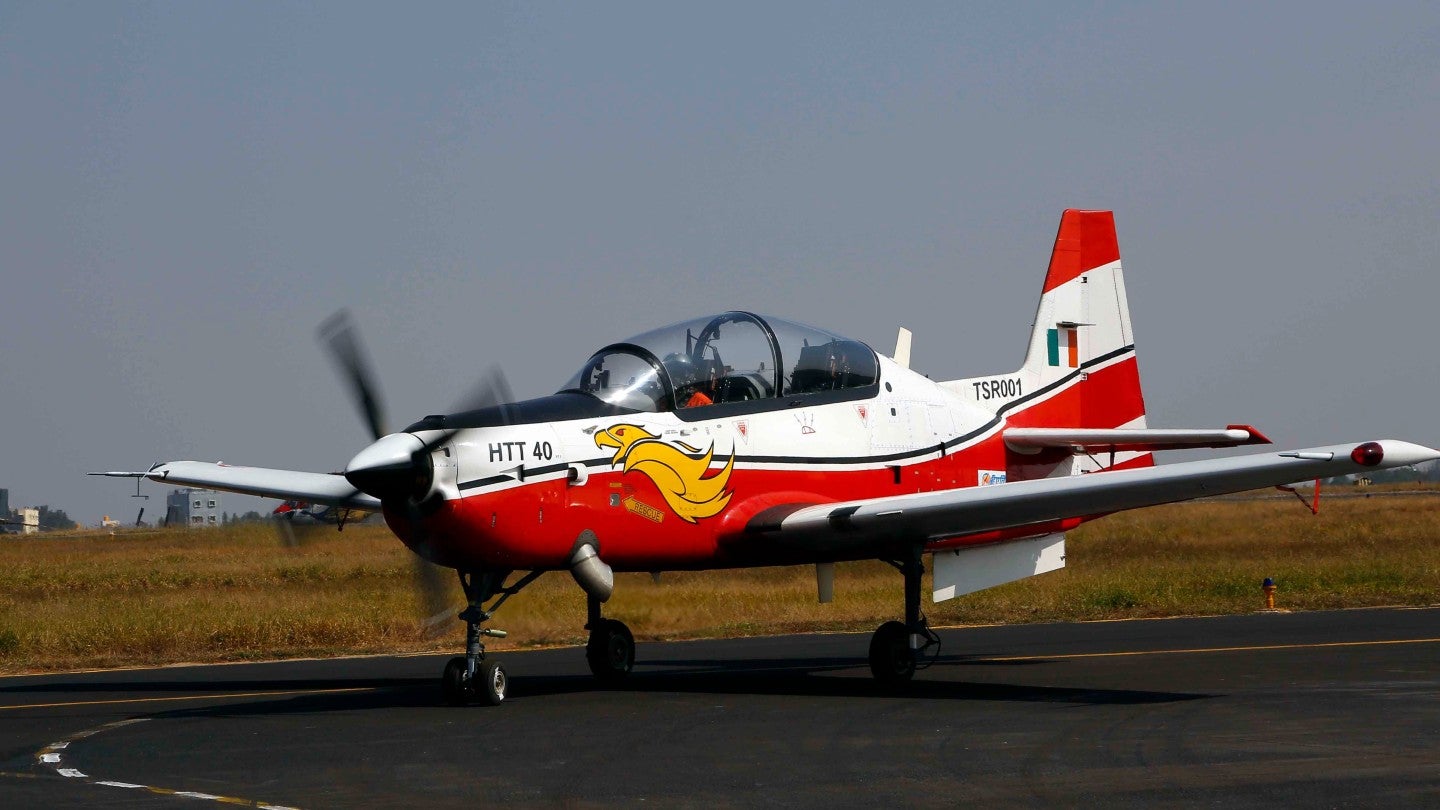
India’s indigenous Hindustan Turbo Trainer-40 (HTT-40) aircraft, which has already secured a 70-unit order from the Indian Air Force (IAF), has garnered attention from several countries expressing interest in the aircraft. Officials from Hindustan Aeronautics Limited (HAL), a state-owned company, have confirmed ongoing talks with these interested nations, indicating the potential for future exports.
HAL is making preparations to commence deliveries of the HTT-40 from September 2025 onwards. Furthermore, the company is confident about securing an additional order of 36 aircraft from the IAF shortly. While HAL currently has no plans to develop an armed variant of the HTT-40, the company remains open to the idea of customizing the aircraft to meet specific requirements if requested by potential customers.
Continue readingSOURCE: RAUNAK KUNDE / NEWS BEAT / IDRW.ORG

India’s pursuit of advanced fighter jet engines continues, with plans already underway to switch to newer engines after 2040. While General Electric awaits final clearance from the US administration for the transfer of Technology (ToT) to power the Mk II version of the Tejas Light Combat Aircraft, India has set its sights on developing higher-thrust engines for its future fighter programs.
The upcoming engines will be crucial in meeting increased power requirements and accommodating the adoption of new high-energy weapons systems. Although the F414 GE engine deal for local production is significant, India anticipates the eventual transition to a more powerful 110kN thrust engine for the Tejas MkII, TEDBF, and AMCA programs.
Continue readingSOURCE: RAUNAK KUNDE / NEWS BEAT / IDRW.ORG
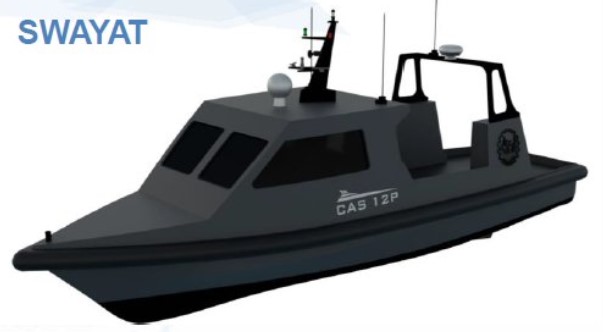
Cochin Shipyard, one of India’s premier shipbuilding and maintenance facilities, is embarking on an ambitious Autonomous Surface Vessel (ASV) Pilot Project. This venture represents a significant step forward in the field of maritime technology, as Cochin Shipyard develops fully indigenous, IRS-class-approved scalable solutions catering to both commercial and defence use cases. With the vision of “Made in India & Made for the World,” this initiative highlights India’s commitment to technological innovation, self-reliance, and global competitiveness.
The ASV Pilot Project aims to develop cutting-edge autonomous vessels that can operate efficiently and effectively in various maritime scenarios. By leveraging advanced technologies and indigenous expertise, Cochin Shipyard is striving to create a scalable solution that meets international standards and addresses the diverse needs of both commercial and defence sectors.
Continue readingSOURCE: RAUNAK KUNDE / NEWS BEAT / IDRW.ORG
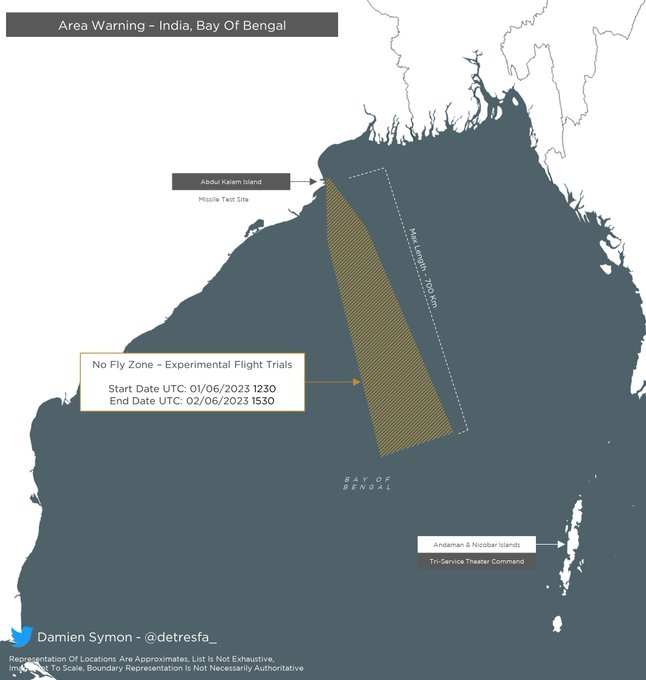
India has issued a Notice to Airmen (NOTAM) from June 1st to June 2nd, 2023, indicating a missile test to be conducted from Abdul Kalam Island in the Bay of Bengal as per information provided by Twitter user Damien Symon@detresfa_. The designated area for the test covers a range of 700 kilometres, leading to speculation that it may involve ballistic missiles.
One of the potential missile systems that could be tested during this period is the Pralay Tactical Surface-to-Surface Missile. With a range similar to the designated area, the Pralay missile has been undergoing developmental trials. The Defense Research and Development Organisation (DRDO) has already secured orders for over 300 of these missiles from the Indian Air Force and Indian Army.
Continue readingSOURCE: RAUNAK KUNDE / NEWS BEAT / IDRW.ORG

A retired Indian Air Force (IAF) captain, Harsh Vardhan Thakur, showcased a scale model of the Combat Air Teaming System (CATS) Warrior, a loyal wingman program co-developed by Hindustan Aeronautics Limited (HAL) and New Space Research & Technologies.
The CATS Warrior is a cost-effective, twin-engine teaming drone designed to operate in conjunction with existing manned fighter jets of the Indian Air Force. It serves as a support system for the manned aircraft during missions. Powered by the PTAE-7 engine in a twin-engine configuration, the CATS Warrior can effectively penetrate deep into enemy territory, reaching targets located at least 700km inside enemy airspace.
Continue readingSOURCE: RAUNAK KUNDE / NEWS BEAT / IDRW.ORG
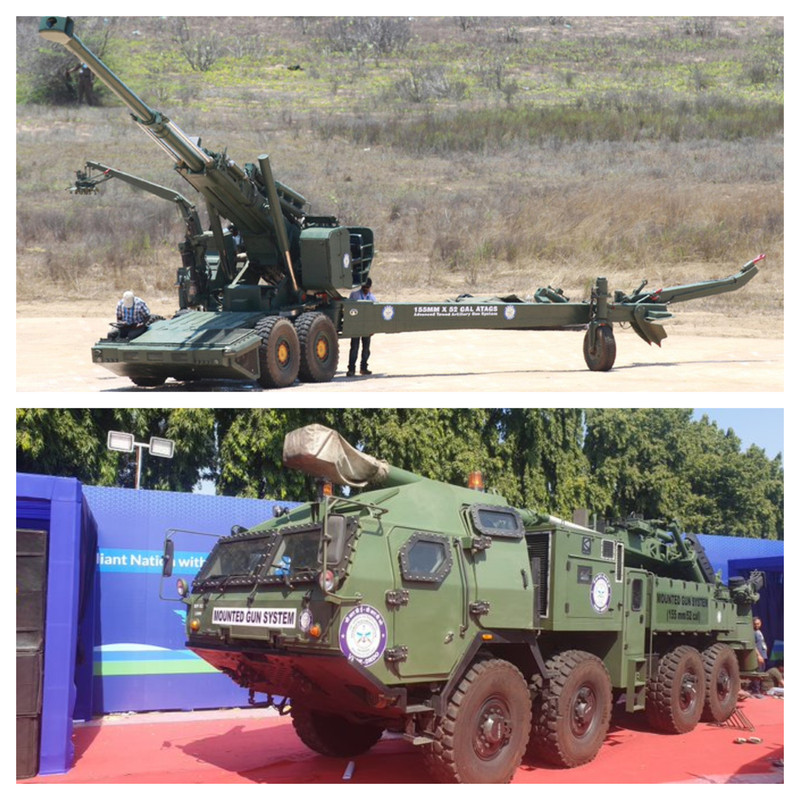
The Indian Army is closely analyzing the evolving role of artillery gun systems in recent conflicts, such as the Ukraine-Russia war, and the emergence of new threats like loitering ammunition targeting artillery systems. This assessment has prompted the army to reconsider its requirements for Towed versus Mounted Gun Systems that it intends to procure.
According to reliable sources close to idrw, the vulnerability of towed artillery gun systems, which are stationary and can pose occasional mobility challenges, has become apparent. These systems have suffered significant losses in recent conflicts. On the other hand, self-propelled artillery systems, which can move under their power, have experienced comparatively lower losses. This difference in loss rates may be attributed to the relative mobility of the smaller self-propelled platforms and their proximity to the front lines.
Continue reading